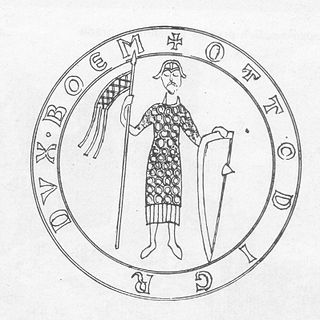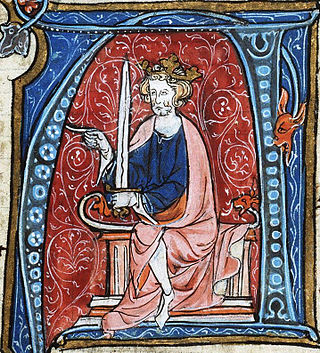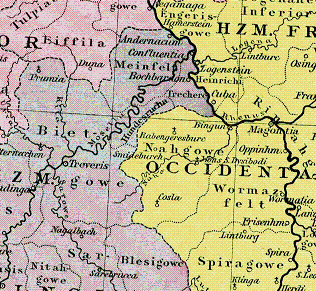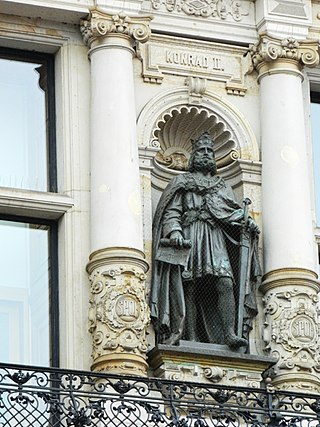
The House of Zähringen was a dynasty of Swabian nobility. The family's name derived from Zähringen Castle near Freiburg im Breisgau. The Zähringer in the 12th century used the title of Duke of Zähringen, in compensation for having conceded the title of Duke of Swabia to the Staufer in 1098. The Zähringer were granted the special title of Rector of Burgundy in 1127, and they continued to use both titles until the extinction of the ducal line in 1218.
Conrad I or Konrad I may refer to:

Frederick II, called the One-Eyed, was Duke of Swabia from 1105 until his death, the second from the Hohenstaufen dynasty. His younger brother Conrad was elected King of the Romans in 1138.
Frederick VI of Hohenstaufen was Duke of Swabia from 1170 until his death at the siege of Acre.
Conrad II, was Duke of Rothenburg (1188–1191) and Swabia from 1191 until his death. He was the fifth son of Frederick I Barbarossa and Beatrice I, Countess of Burgundy.
Conrad III or Konrad III may refer to:

Dietrich or Theoderic of Oldenburg was a feudal lord in Northern Germany, holding the counties of Delmenhorst and Oldenburg. He was called "Fortunatus", as he was able to secure Delmenhorst for his branch of the Oldenburgs.
Konrad is a German given name and surname that means "bold counselor" and may refer to:

Conrad II Otto, a member of Přemyslid dynasty, was the first margrave of Moravia from 1182 to 1189 and duke of Bohemia from 1189 until his death.
Conrad II, called the Younger, a member of the Salian dynasty, was the duke of Carinthia and margrave of Verona from 1035 until his death.
Conrad I, called the Great, a member of the House of Wettin, was Margrave of Meissen from 1123 and Margrave of Lusatia from 1136 until his retirement in 1156. Initially a Saxon count, he became the ruler over large Imperial estates in the Eastern March and progenitor of the Saxon electors and kings.

Conrad is a Germanic masculine given name and a surname.
Conrad I of Oldenburg was the Count of Oldenburg from 1344 to 1347. He succeeded his brother, John III of Oldenburg.

The Wormsgau was a medieval county in the East Frankish (German) stem duchy of Franconia, comprising the surroundings of the city of Worms and further territories on the left bank of the Upper Rhine river. Together with the neighbouring Nahegau and Speyergau, it belonged to the central Rhenish Franconian possessions of the Imperial Salian dynasty.

Matilda of Swabia, a member of the Conradine dynasty, was Duchess of Carinthia by her first marriage with Duke Conrad I and Duchess of Upper Lorraine by her second marriage to Duke Frederick II. She played an active role in promoting her son, Duke Conrad the Younger, as a candidate for the German throne in 1024 and to this end corresponded with King Mieszko II Lambert of Poland.

The Mark an der Sann was a border march of the Holy Roman Empire, in the territory of present-day Slovenia. It was established in the second half of the 10th century to protect the Empire against its enemies to the east, especially from Hungarian raids.

Conrad II was German king (1024–1039) and Holy Roman emperor (1027–1039). As founder of the Salian dynasty, he was a successful ruler who left his successor a stable monarchy. His behaviours in ecclesiastic affairs have caused some controversies even in his lifetime. He also left two notable architectural projects in the Speyer Cathedral and the Limburg Abbey. He is depicted several times in folk literature and fine arts.
This page is based on this
Wikipedia article Text is available under the
CC BY-SA 4.0 license; additional terms may apply.
Images, videos and audio are available under their respective licenses.








